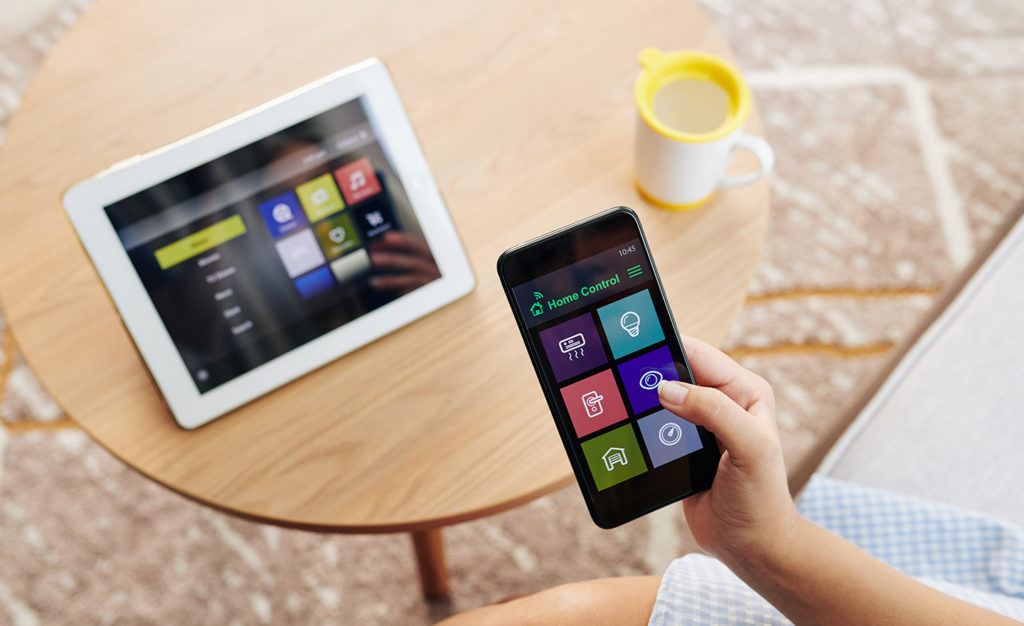
The Wellness-Facing Smart Home Is In the Air
Ended soon
Deep into the pandemic, consumers, clinicians and service providers have been looking at the health and wellness landscape with fresh new eyes. While there’s been tremendous focus and market speed on technologies that enable remote care from home, less attention has been given to smart home solutions that can help prevent illness and mitigate healthcare risk.
How Environment Affects Health
What our bodies need in order to stay healthy is hardly a secret, and there’s been no shortage of tech to help us improve sleep, diet, exercise and other wellness contributors. Of course, none of these activities take place in a vacuum, and the role that the home environment plays in optimizing these markers is only now beginning to get the attention it deserves.
For example, we all know the importance of restful sleep, but sleep is impacted by external factors that until recently, we haven’t focused on controlling. Our circadian rhythms are deeply affected by lighting, both natural and artificial. The timing and amount of daylight that wakes us in the morning affects sleep quality as surely as the artificial light we absorb from tablets and phones. Smart lighting and window coverings, along with self-adjusting display screens, are only now being understood as important wellness contributors.
The same holds true for humidity. Our bodies need moisture and proper hydration for healthy functioning. Interior air that is too dry can worsen and even cause a wide range of health issues, from respiratory and skin problems to sore throats and dry eyes. Until now, the most common solution has been the portable humidifier. Unfortunately, these devices only work in finite areas, and careless use can actually be the cause of illness. Viruses, bacteria, mold and other airborne pollutants thrive in air that is too moist. Intelligent humidity control will be a major smart home opportunity.
The Home As Health Partner
When fully-realized, the wellness-facing smart home will continually analyze living conditions and optimize environmental functions automatically. Machine learning will play an active role, as AI tracks daily living patterns and ingests both ambient and manual feedback from users and their wellness apps. Automatic assistance with sleep and humidity are only the beginnings, of course. Air quality has also become a top-of-mind topic since the pandemic. Intelligent air purification systems are set to explode as a market sector.
Air purifiers for the home can trace their roots to the 1960s, mostly owned by people allergic to pet dander or bothered by cigarette smoke. Today’s systems have become remarkably evolved, and as a result of the pandemic, extremely topical. According to MD Anderson Cancer Center, a HEPA-based air purification system at home can, over time, take out more than 99% of viruses. UV light purification – a common feature in today’s whole-home and in-room air quality products — can also disable some viruses, including COVID-19.
With features like these, the wellness-facing smart home will become an expected partner in the coming healthcare landscape. We look forward to innovative market entries for these important new applications.
At bluesalve partners, we have an active product development process we can share with clients to accelerate and improve their batting average. Better outcomes are good for everyone, the firms, the industry, and their customers. Let’s all get better together.
Bluesalve partners is committed to accelerating change, growth and success for our clients.
